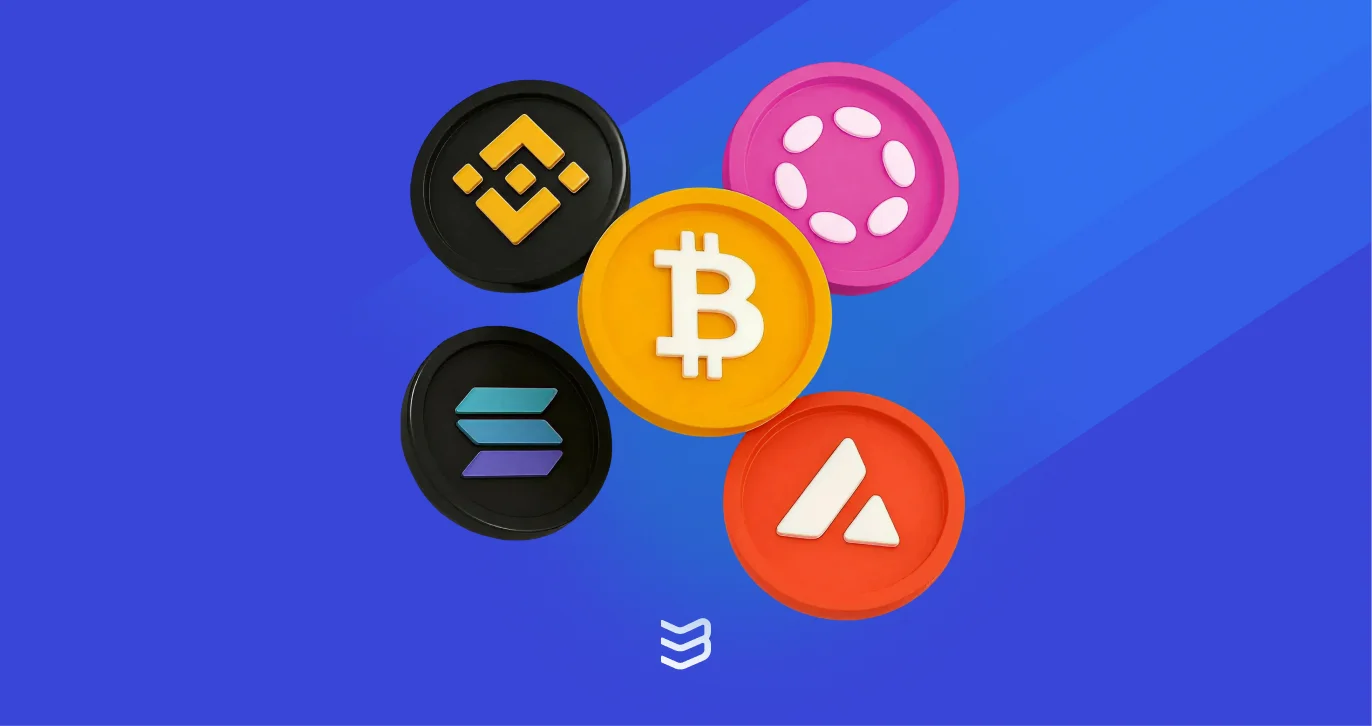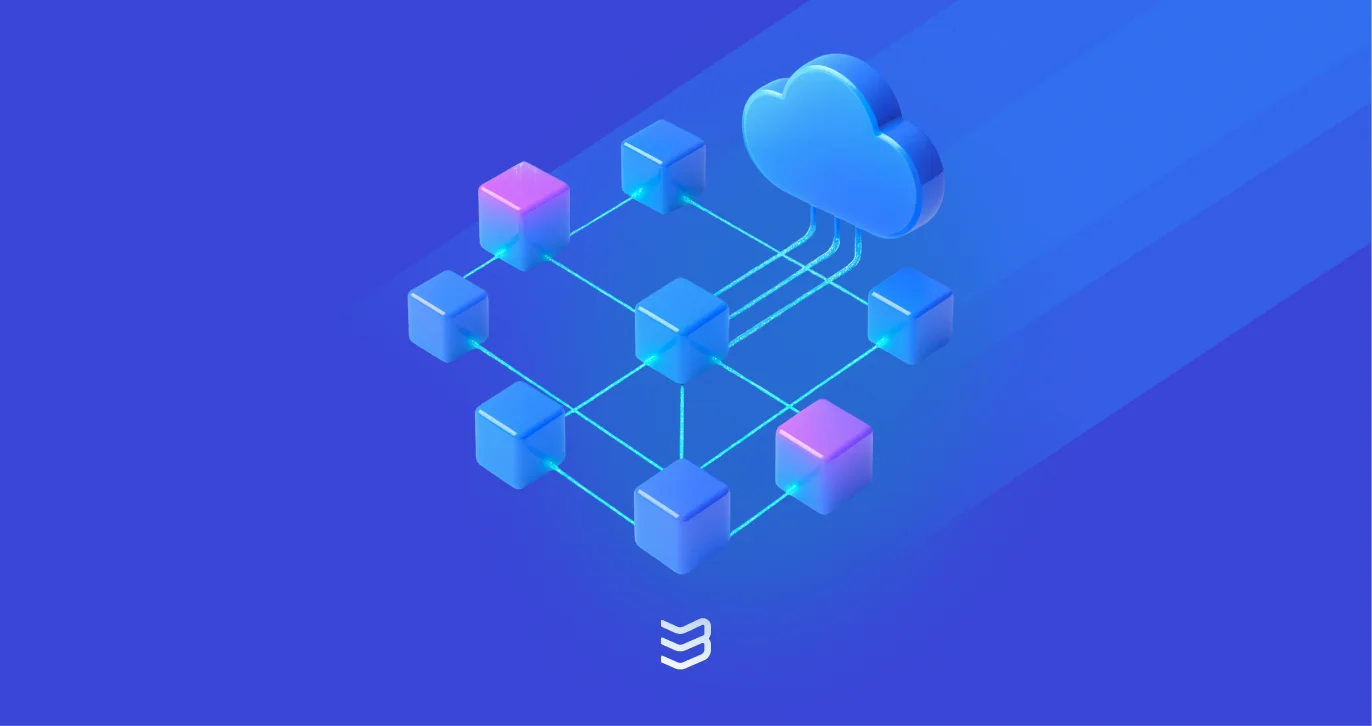tl;dr
- Bitcoin, Litecoin, Monero, and Ethereum were the first major Layer-1 (L1) blockchains, forming the base of Web3.
- L1s are like operating systems (e.g., Windows, iOS) for blockchain, handling on-chain transactions, smart contracts, and dApps.
- L1s operate independently, managing their own consensus and network security.
- Each L1 has a native token (e.g., BTC, ETH, ADA) used for fees, incentives, and governance.
L1 Blockchains - The Foundation of Web3
The first wave of popular blockchains, Bitcoin, Litecoin, Monero, and Ethereum, are all Layer-1 (L1) blockchains. These foundational networks laid the groundwork for the decentralized world we know today. Only in recent years have Layer-2 (L2) solutions emerged to scale and enhance L1 capabilities.
Layer-1s are the core blockchain protocols. Think of them as the operating systems, like Windows, macOS, or iOS, of Web3. They provide the base layer where transactions are recorded, smart contracts are executed, and decentralized applications are built. Everything happens on-chain, and the security and consensus mechanisms (like proof-of-work or proof-of-stake) are integral to their design.
In this guide, you’ll learn what Layer-1 blockchains are, how they function at a technical level, and the core challenges they face.
What is a Layer-1 Blockchain? The Core Concepts
A Layer-1 blockchain, also known as a mainnet, is the foundational layer of a blockchain network where transactions are recorded and verified directly on the chain. It’s the core infrastructure that powers all activity on that network.
One of the defining traits of an L1 is sovereign security. L1s don’t rely on any other chain for validation. Instead, it handles its consensus mechanism, whether through proof-of-work, proof-of-stake, or another model, to secure the network and finalize transactions independently.
Each Layer-1 blockchain also issues its own native token, which is essential for the network’s operation. These tokens (such as BTC for Bitcoin, ETH for Ethereum, or ADA for Cardano) are used to pay transaction fees, incentivize validators or miners, and occasionally to participate in governance.
How Do Layer-1 Blockchains Work? The Engine Room
Layer-1 blockchains are the foundational architecture of decentralized networks, independently validating and executing transactions while maintaining security and decentralization through cryptography.
At their core is the public ledger, which is a distributed, immutable database stored across nodes. Every transaction is recorded permanently, forming a transparent and tamper-resistant chain of blocks.
Consensus mechanisms keep the network synchronized without a central authority. In Proof-of-Work (PoW) systems like Bitcoin, miners compete to solve cryptographic puzzles, expending energy to secure the network. In contrast, Proof-of-Stake (PoS), used by Ethereum and Solana, relies on validators who stake tokens to earn the right to verify transactions, offering energy-efficient security.
Block production involves bundling transactions into blocks, which are then validated and linked to previous ones via cryptographic hashes. This process ensures order, transparency, and finality, enabling Layer-1 blockchains to serve as a secure base for transactions.
The Blockchain Trilemma: The Core Challenge for L1s
Coined by Ethereum’s Vitalik Buterin, the Blockchain Trilemma refers to the challenge of balancing Decentralization, Security, and Scalability in Layer-1 blockchains. Achieving all three simultaneously is extremely difficult.
Boosting scalability to support more transactions can compromise decentralization, as fewer nodes may be able to participate. Prioritizing security and decentralization, on the other hand, often limits transaction throughput, making the network slower and less scalable.
This trilemma defines the core trade-offs L1s face, shaping how protocols evolve and why Layer-2 solutions are increasingly used to help offload demand from base layers.
Prominent Examples of Layer-1 Blockchains
Here’s a quick look at some of the most important Layer-1 blockchains and what sets them apart:
Bitcoin (BTC) – The OG L1 Chain
The first and most secure blockchain, Bitcoin, is focused solely on being a decentralized, censorship-resistant store of value. It uses Proof-of-Work and is known for its unmatched reliability and immutability.
Ethereum (ETH) – The Smart Contract Pioneer
Ethereum introduced smart contracts, powering dApps, DeFi, NFTs, and more. Now running on Proof-of-Stake, it’s the most widely used programmable blockchain with a massive developer ecosystem.
Solana (SOL) – High-Speed and Scalable
Solana is built for speed, processing thousands of transactions per second with low fees. It uses a unique Proof-of-History + PoS mechanism to maximize throughput without compromising too much on decentralization.
BNB Chain (BNB) – Exchange-Driven Ecosystem
Backed by Binance, BNB Chain offers fast, low-cost transactions and is widely adopted due to its centralized support and growing ecosystem of DeFi and gaming apps.
Cardano (ADA) – Research-First Blockchain
Cardano takes a formal, peer-reviewed approach to development. Its layered architecture emphasizes security and sustainability, with gradual feature rollouts grounded in academic research.
Avalanche (AVAX) – Customizable with Subnets
Avalanche supports fast finality and introduces subnets, which are custom Layer-1 chains optimized for specific use cases. It enables app-specific scaling without congesting the main network.
Layer-1 vs. Layer-2: Understanding the Relationship
Layer-2 (L2) solutions are built on top of L1 blockchains to improve scalability and reduce transaction costs. Examples include Arbitrum, Base, and Solayer, all of which help take pressure off congested mainnets like Ethereum and Solana.
L2s process transactions off-chain and periodically send compressed summaries back to the Layer-1 network. Think of it like zipping hundreds of transaction files into a single .zip folder. L2s bundle many transactions together using cryptographic proofs, then submit that “zip file” to the L1 for final validation and security.
This approach allows L1s to maintain decentralization and security, while L2s offer speed and lower fees, creating a layered, scalable blockchain ecosystem.
The Future of Layer-1 Blockchains: What's Next?
As blockchain ecosystems mature, Layer-1 networks are undergoing strategic shifts in architecture, interoperability, and scalability. A key debate centers around modular vs. monolithic design philosophies.
Monolithic blockchains, such as Solana, aim to handle execution, consensus, and data availability within a single system. Doing so helps monolithic chains to achieve high throughput (up to 65,000 transactions per second) via innovations like parallel processing. In contrast, modular architectures, exemplified by Ethereum’s post-Merge roadmap, decouple these functions. This specialization enables enhanced flexibility and supports L2 rollups that inherit L1 security while significantly boosting scalability.
Interoperability remains another critical frontier. As ecosystems fragment across various L1 chains, cross-chain communication has become essential. Solutions such as bridges like ChainPort or Cosmos’s IBC protocol facilitate secure token and data transfers between networks, fostering a more connected Web3 ecosystem.
Simultaneously, ongoing upgrades continue to enhance Layer-1 performance. Ethereum’s shift to Proof-of-Stake and future sharding implementations aim to reduce congestion and improve efficiency. Other L1s are exploring similar enhancements, balancing decentralization with usability to remain competitive. Collectively, these advancements signal a move toward a more scalable, interconnected, and modular blockchain infrastructure for the years ahead.






